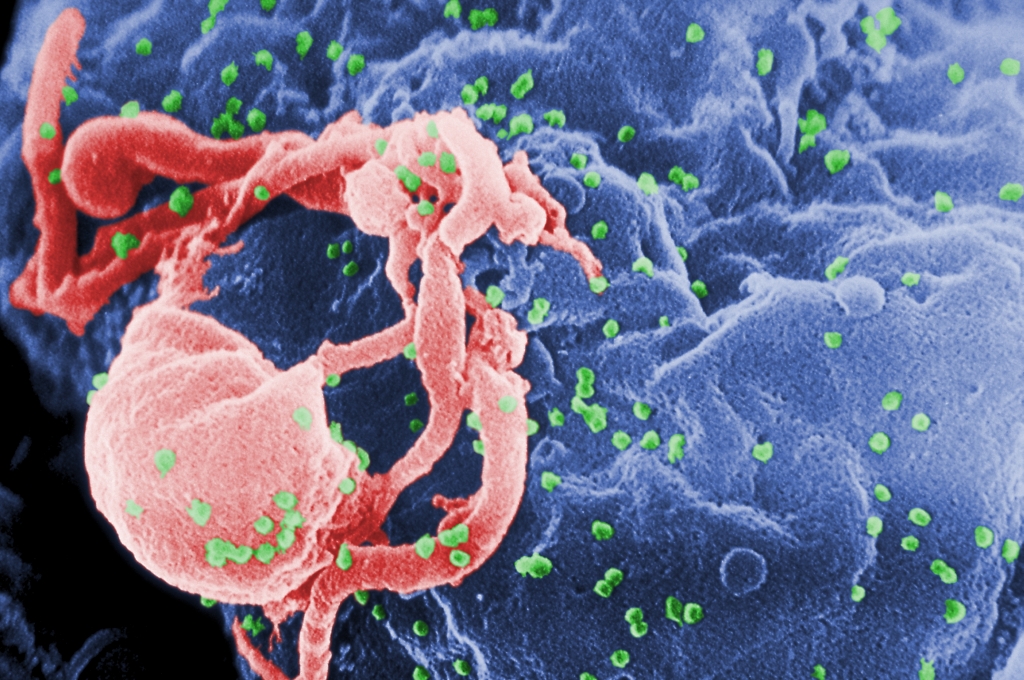Professor Ken Shadlen provides a short commentary on Laurie Garrett’s short essay on the future of the AIDS pandemic, “Welcome to the Next Deadly AIDS Pandemic,” which was published in Foreign Policy last week.

As of 2000, less than five percent of people with HIV/AIDS in developing countries received treatment. Now, substantially greater than 50 percent receive antiretroviral therapy. What was a death sentence has been converted into a chronic condition.
Garrett celebrates the accomplishments of the global treatment campaign, but, as the title reveals, fears that a new crisis is around the corner. She points to three problems:
- An inadequate strategy of control;
- Population changes that are likely to increase the number of people infected with HIV and in need of drugs;
- Instability in both the sources and levels of international funding for combating HIV/AIDS.
With these remarks I aim to explain, as simply as possible, how new global rules for pharmaceutical patents affect the scenario that Garrett describes, with particular attention to the first of these three problems.
The key to the successful expansion of the treatment campaign in the 2000s was the existence of affordable drugs. These were provided by Indian “generic” pharmaceutical firms and also by European and North American “brand-name” firms; these two sources of supply are related, in that once the generic firms entered the market with low prices, the brand-name firms followed suit and also made their drugs available at low price. And, with drugs now affordable, as Garrett writes, “a multibillion-dollar infrastructure was created to find infected individuals, provide them with those drugs, and monitor their health.” This was doable, and the investments to create the infrastructure that Garrett mentions were worth making, because of the availability of affordable drugs.
But first-line treatments are only useful for so long. In the absence of a cure, once people begin receiving antiretroviral drugs, they need to continue to do so for the rest of their lives. Yet with treatment comes resistance, and, as Garrett observes, “the supply chain for second- and third-line treatments in poorer countries is minimal, in some cases non-existent.”
Why is that? Why, if Indian firms could supply “first-line” drugs, and thus trigger across-the board price reductions and mobilize investments in infrastructure, can they not do the same for second-line, third-line, and… n-th line drugs? The answer has to do with patents, which provide a single firm with exclusive rights to produce and sell protected medicines. Simply put, newer drugs are increasingly patented in India, whereas older drugs were not.
The World Trade Organization’s Agreement on Trade-Related Aspects of Intellectual Property Rights (TRIPS) requires countries to grant pharmaceutical patents. The way India implemented this obligation — specifically, accepting inventions made after 1995 as eligible for patent protection but not acknowledging inventions that pre-date 1995 — meant that first-line treatments, were, and never will be, patented in India. However, newer 2nd-, 3rd-, and nth-line treatments, invented after 1995, are eligible for patent protection. Thus, the expansion of treatment that Garrett applauds was possible because the new international IP rules permitted it, and the crisis that Garrett fears on the horizon is also attributable to these same IP rules.
The complex nature of the supply of affordable AIDS drugs, and how patterns of supply might change on account of the introduction of pharmaceutical patents in India, have been long-standing concerns that I wrote about here and here. What worked so well to expand access to first-line medicines since the early 2000s may not work so well to continue (not to mention, further increase) treatment, going forward, based on 2nd-, 3rd-, n-th line medicines. Linear projections of a continuously upward trajectory of treatment are misleading.
Taking a step back, the substantial expansion of HIV/AIDS treatment since the early 2000s was generated by the confluence of three factors: the existence of affordable medicines, activism to bring attention to the crisis, awareness of possible responses, and mobilize resources, and international funding to pay for the drugs and the related investments in treatment infrastructure. Let’s think of these as necessary but not sufficient conditions: without activism and funding the drugs may never have reached poor people in developing countries, but without the existence of inexpensive drugs, were treatment to be based on drugs costing USD10,000 per patient/year rather than 300 per patient/year, health activists would have faced insurmountable challenges and the levels of required funding would have been prohibitive. The concern in the current context is that, as treatment comes to rely increasingly on drugs that Indian firms cannot easily supply, because of patents, this mutually reinforcing ecology falls apart. Hence the alarm bell raised by Laurie Garrett’s excellent article.
The solution to the problem (or, more accurately, to this dimension of the problem), regards re-enabling the supply of affordable, quality, generic drugs in a world of near-universal pharmaceutical patenting. We can return to that in a subsequent post.
Professor Ken Shadlen is Professor in Development Studies and Head of Department in the Department of International Development at the LSE. He works on the comparative and international political economy of development, with a focus on understanding variation in national policy responses to changing global rules. In recent years his research has focused on the global and cross-national politics of intellectual property (IP). He is the author of Coalitions and Compliance: The Political Economy of Pharmaceutical Patents in Latin America (OUP, 2017).
The views expressed in this post are those of the author and in no way reflect those of the International Development LSE blog or the London School of Economics and Political Science.





